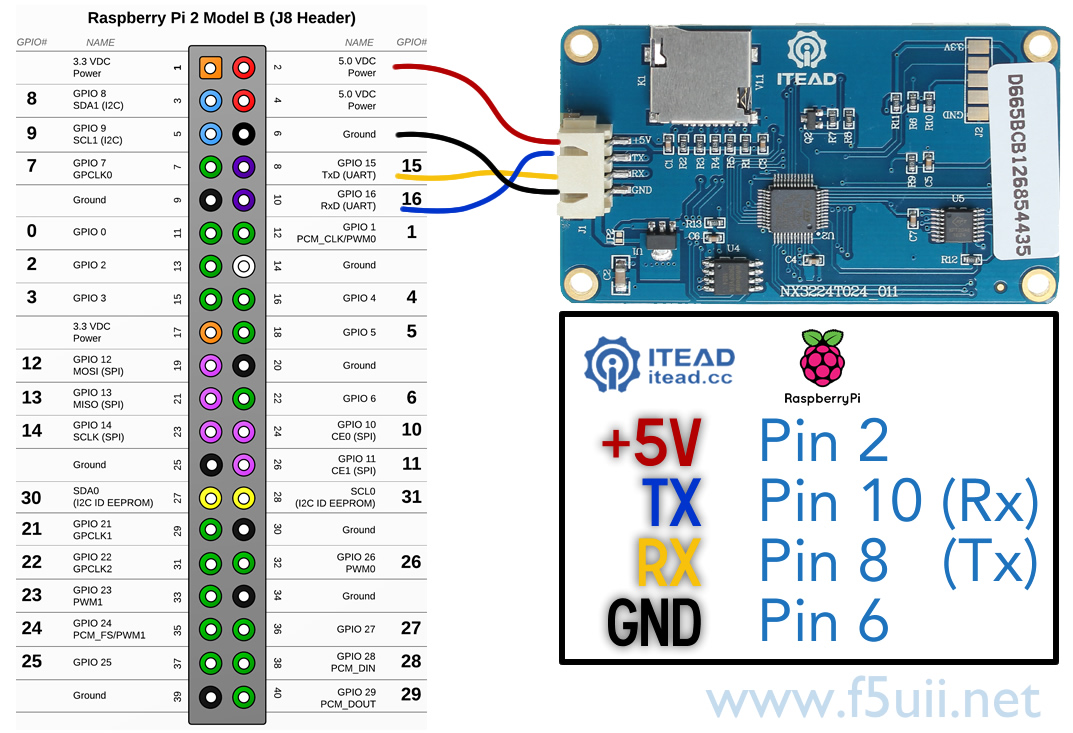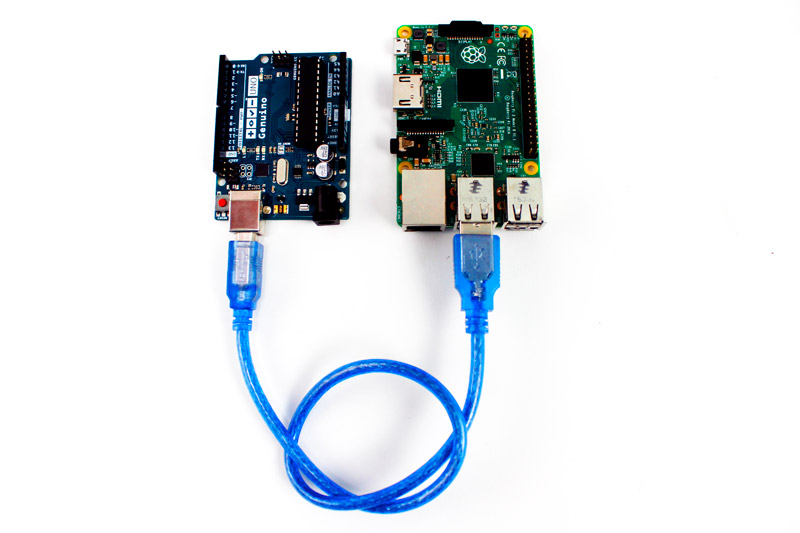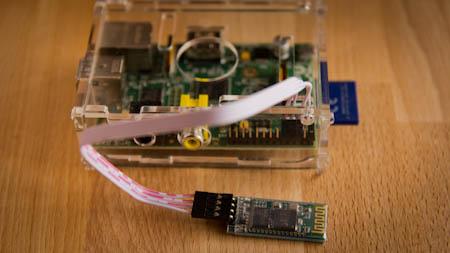

Since the TTL cable is not the most popular way of using a Raspberry Pi, it is hard to find much help.
#Test serial connection on raspberry pi how to#
After going through a lot of articles regarding how to connect a Raspberry Pi with a USB TTL cable I realized, something was always missing from the articles. reset_input_buffer() # reset buffer if bytes_serial = 0x59 and bytes_serial = 0x59 : # check first two bytes distance = bytes_serial + bytes_serial * 256 # distance in next two bytes strength = bytes_serial + bytes_serial * 256 # signal strength in next two bytes temperature = bytes_serial + bytes_serial * 256 # temp in next two bytes temperature = (temperature / 8 ) - 256 # temp scaling and offset return distance / 100.0 ,strength,temperature def set_samp_rate (samp_rate = 100 ): # change the sample rate samp_rate_packet = # sample rate byte array ser. in_waiting # count the number of bytes of the serial port bytes_to_read = 9 if counter > bytes_to_read - 1 : bytes_serial = ser.

# Copyright (c) 2021 Maker Portal LLC # Author: Joshua Hrisko # TF-Luna Mini LiDAR wired to a Raspberry Pi via UART # - test ranging plotter for TF-Luna # import serial, time import numpy as np import matplotlib.pyplot as plt # Serial Functions # def read_tfluna_data (): while True : counter = ser. open() # open serial port if not open distance,strength,temperature = read_tfluna_data() # read values print( 'Distance: Hz'. reset_input_buffer() # reset buffer if bytes_serial = 0x59 and bytes_serial = 0x59 : # check first two bytes distance = bytes_serial + bytes_serial * 256 # distance in next two bytes strength = bytes_serial + bytes_serial * 256 # signal strength in next two bytes temperature = bytes_serial + bytes_serial * 256 # temp in next two bytes temperature = (temperature / 8.0 ) - 256.0 # temp scaling and offset return distance / 100.0 ,strength,temperature if ser. in_waiting # count the number of bytes of the serial port if counter > 8 : bytes_serial = ser. Serial( "/dev/serial0", 115200 ,timeout = 0 ) # mini UART serial device # read ToF data from TF-Luna # def read_tfluna_data (): while True : counter = ser. # Copyright (c) 2021 Maker Portal LLC # Author: Joshua Hrisko # TF-Luna Mini LiDAR wired to a Raspberry Pi via UART # - testing the distance measurement from the TF-Luna # import serial, time import numpy as np # TFLuna Lidar # ser = serial. Going forward in this tutorial, the mini UART (default ‘enable_uart=1’) will be used on GPIO pins 14/15 (as wired above).

The resulting port will change to /dev/ttyAMA1 or something similar, depending on the port being enabled. The specifics of the additional UART ports on the RPi4 can be found in the /boot/overlays/README file on every RPi4. For example, ‘dtoverlay=uart5’ enables UART port 5, which correlates to GPIO pins 14/15 on the RPi4. In short, in place of ‘enable_uart=1’ - the dtoverlay for a specific additional UART port can be enabled. The RPi4 has 4 extra UART ports, which can be accessed using the boot configuration file (read about the specifics here). This is a particular case and may be rare for most users, however, when the issue arises it may be beneficial for the user to explore the extra UART ports on the Raspberry Pi 4.
#Test serial connection on raspberry pi Bluetooth#
A note on the mini UART port: issues can arise specifically when using ‘/dev/ttyS0’ as a Bluetooth port. LiDAR modules have been used in automotive driving systems, drone and quadcopter navigation, 2D-3D object scanning, and other applications in long-range and rapid distance detection.Īssuming the ‘ttyS0’ port (serial0) is showing up on the serial output shown above, we can run a test to verify that the TF-Luna is wired correctly to the Raspberry Pi. Python will be used to configure and test the LiDAR module, with specific examples and use cases. In this tutorial, the TF-Luna is wired to a Raspberry Pi 4 computer via the mini UART serial port and powered using the 5V pin. The TF-Luna has a selectable sample rate from 1Hz - 250Hz, making it ideal for more rapid distance detection scenarios. A vertical cavity surface emitting laser (VCSEL) is at the center of the TF-Luna, which is categorized as a Class 1 laser, making it very safe for nearly all applications.

The TF-Luna is capable of measuring objects 20cm - 8m away, depending on the ambient light conditions and surface reflectivity of the object(s) being measured. The TF-Luna is an 850nm Light Detection And Ranging (LiDAR) module developed by Benewake that uses the time-of-flight (ToF) principle to detect objects within the field of view of the sensor.


 0 kommentar(er)
0 kommentar(er)
